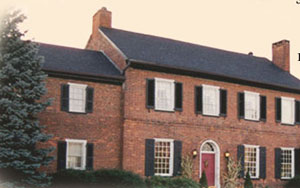A centuries-old vineyard in Versailles—dating back to at least 1787—has been brought back to life by Adrien Pélissié, a former Bordeaux winegrower and now owner of La Bouche du Roi winery in Versailles. While looking through historic regional maps, Pélissié made a remarkable discovery: the vineyard he planted in 2017, in the unusual shape of a shark’s fin, matched the exact location and layout of one marked on an 18th-century map—created 230 years earlier.
In the 17th century, the Île-de-France was France’s largest winegrowing region, with vineyards stretching across tens of thousands of hectares. However, by the early 20th century, viticulture in the region had virtually vanished. Any hope of bringing it back was quashed by French regulations brought in during the 1950s which restricted commercial viticulture in Versailles and other parts of the country. That changed on January 1, 2016, when new EU regulations lifted restrictions on vineyard planting rights—paving the way for the revival of the region’s historic vineyards.
Pélissié commented: “I was really moved when I realized that someone had planted vines in the exact same spot, hundreds of years ago. The vineyard even has the same distinctive shape—it curves like a shark’s fin. It’s a humbling thought, that someone back then saw the same potential in this land that we do today. We feel very fortunate to be part of the story of this place, bringing viticulture back to the region and honoring the French tradition that came before us.”
The discovery was made using the Plans d’Intendance, detailed cartographic surveys commissioned under Louis XV and Louis XVI. The specific map that revealed the vineyard’s past was dated 1787.
Today, the renaissance of viticulture in Île-de-France is well underway. Around 130 hectares (320 acres) of vines are now planted across the region, with La Bouche du Roi leading the charge. Situated in the former royal hunting grounds of the Plaine de Versailles—just 30 minutes from Paris—it is the region’s largest vineyard, spanning 27 hectares (67 acres).







